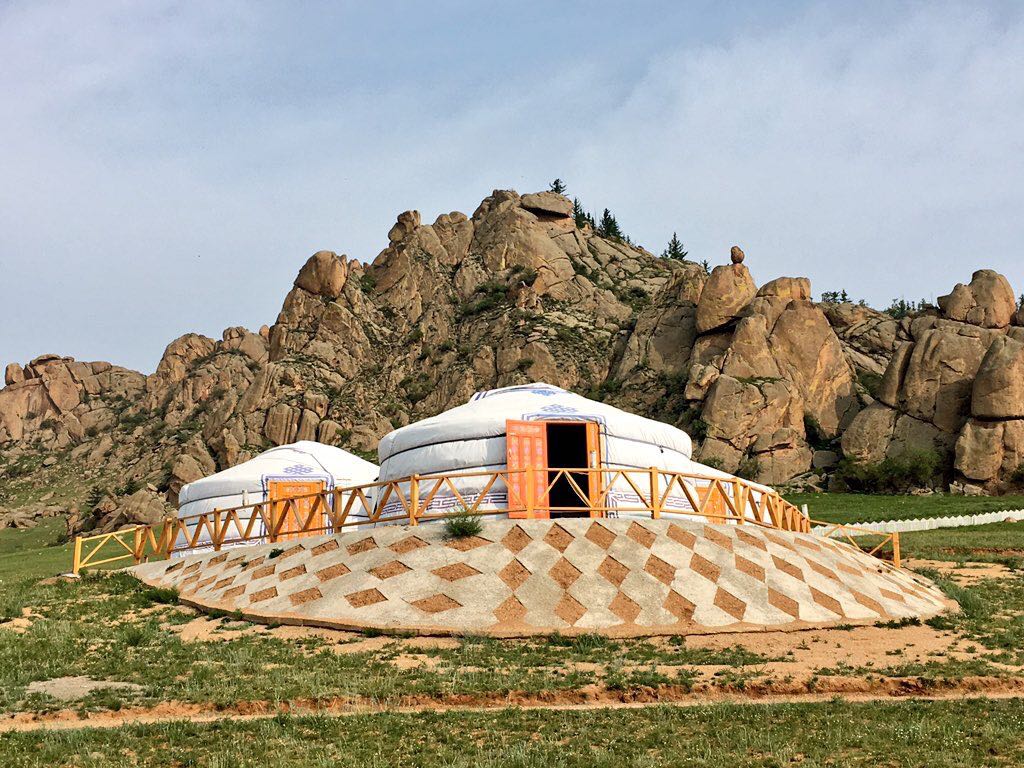
Sandwiched between Russia and China, Mongolia is a huge country with vast open grasslands, mountains and deserts. Harsh cold winters and gusty winds make it difficult to grow much here. Therefore, the nomadic Mongol diet relies mostly on animal products, such as meat, cheese, yogurt and milk. So what to expect to eat as you travel […]
view the post

Mongolia was one of the countries that I was fascinated to travel to, but didn’t know much about. In my imagination, I had pictured a vast barren desert with nomadic culture. Though some of that was true, I discovered a lot more in Mongolia during my one-week visit. Here are some of the most beautiful […]
view the post